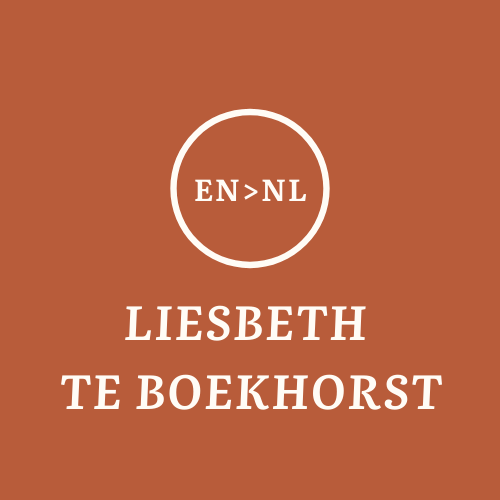LIESBETH IN ZUTPHEN
Adventures and stories about
Liesbeth in Zutphen
Liesbeth in Zutphen
The beautiful city of Zutphen in the province of Gelderland is my hometown. The name Zutphen derives from Zuid venne (Zuidveen, South Peat), after a river dune complex between the marshy meadows. The place originated from a Germanic settlement on the river IJssel..
I am fortunate to live in Zutphen’s city centre. Whenever I am out and about, I have to capture all the marvellous things I see in pictures. Of course, I want to learn everything there is to know about the history of Zutphen. Please read my blogs below and take a look at my photos on Instagram. You will get a great impression of this magnificent city!
Zutphen Highlights
The river IJssel in the province of Gelderland is a branch of the river Rhine. It flows from Westervoort near Arnhem past Zutphen, among other places, to run into the IJsselmeer. The IJssel has always been important to Zutphen because of its possibilities for trade. Zutphen traded with other cities located on rivers or the sea from medieval times onwards. These activities resulted in the creation of the Hanseatic League, an alliance between the trading cities, aimed at protecting and expanding their trade.
The Berkelpoort, popularly called Berkelruïne, was part of the fortress wall of Zutphen. This watergate was built in the 14th century after the Nieuwstad arose across the Berkel in the 13th century. The gate connected the "old" Zutphen with the Nieuwstad, the new town of Zutphen. This part of Zutphen had its own parish church, the Nieuwstadskerk or Sint-Janskerk, and had a rectangular street pattern. There are more remains of the old fortress wall around Zutphen's city center, such as on the Martinetsingel near the bleaching green on the south side of the Sint-Walburgiskerk.
The Walburgiskerk, or Walburgskerk, is a collegiate church from the 13th century. You'll find the church at the 's-Gravenhof. In the 11th century, a parish church dedicated to Walburgis, the daughter of the English King Richard of Wessex, stood on this site. She is the patron saint of Zutphen, among other cities. The church contains one of the last chained libraries in Europe, the Librije. The Walburgiskerk also houses the famous Hendrick Bader organ. The church is 76 meters high, and during the summer, you can climb to the top and admire the view.
The Wijnhuistoren (Winehouse tower) can be found at the market and is a belfry with a carillon, which plays cheerfully during the goods markets on Thursdays and Saturdays. The carillon also indicates the time every 15 minutes. The tower dates back to the 17th century. It was built beside an inn that has been there since the 14th century. Besides being a winery, the location was also a weigh house. In 1644 the belfry got its carillon, made by the Hemony brothers. It was their first tonally tuned carillon. In 1920 the wooden superstructure and the carillon were largely destroyed by fire; only a few bells were saved. After restoration, they placed a new carillon in 1924, which got lost during the German occupation in the Second World War. Nowadays, entirely appropriate, the Wijnhuistoren is home to an Italian restaurant.
Zutphen has three interconnected market places: the Groenmarkt, the Houtmarkt, and the Zaadmarkt, respectively called Rogge- or Korenmarkt, Breestraat, and Saltmarkt in medieval times. The markets follow the course of a medieval defensive moat around the Walburgiskerk. In the 14th century, they filled the moat, thus creating a market square. Nowadays, every Thursday morning and Saturday, it is the location for a goods market. It is also the place for a book market, art market, and flea market throughout the year.
Stories about Liesbeth in Zutphen
Read in my blogs what interests me about Zutphen (currently only in Dutch).
Writer
As a published writer, I am currently writing a non-fiction book about London.
.
Other blogs
I write blogs about London, translating, writing and Zutphen.
Please have a look at some of my other blogs (currently only in Dutch).

